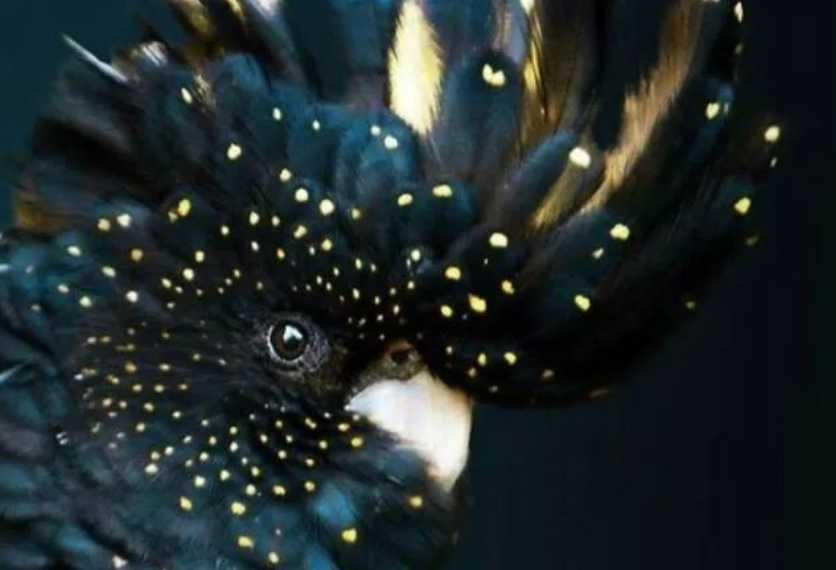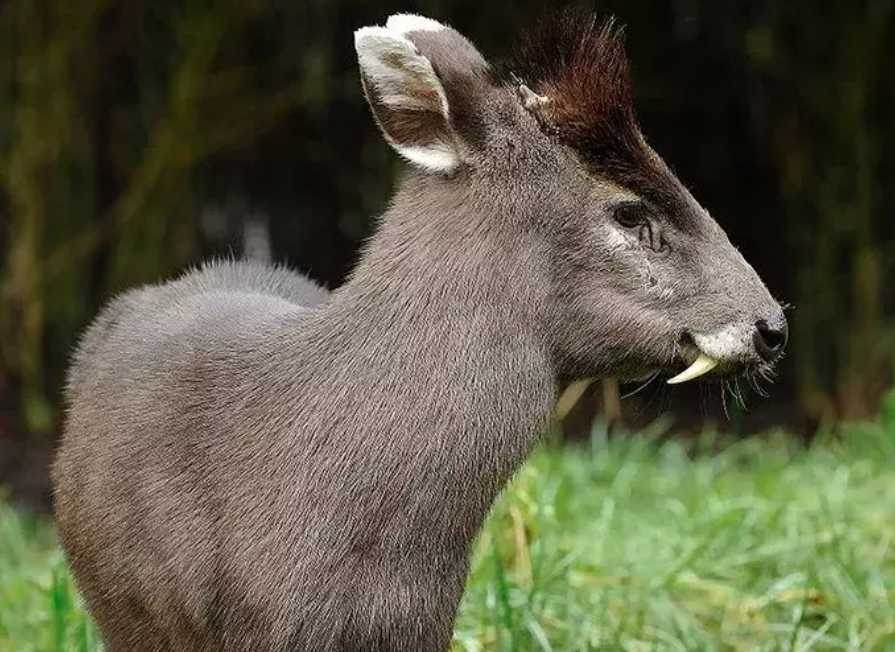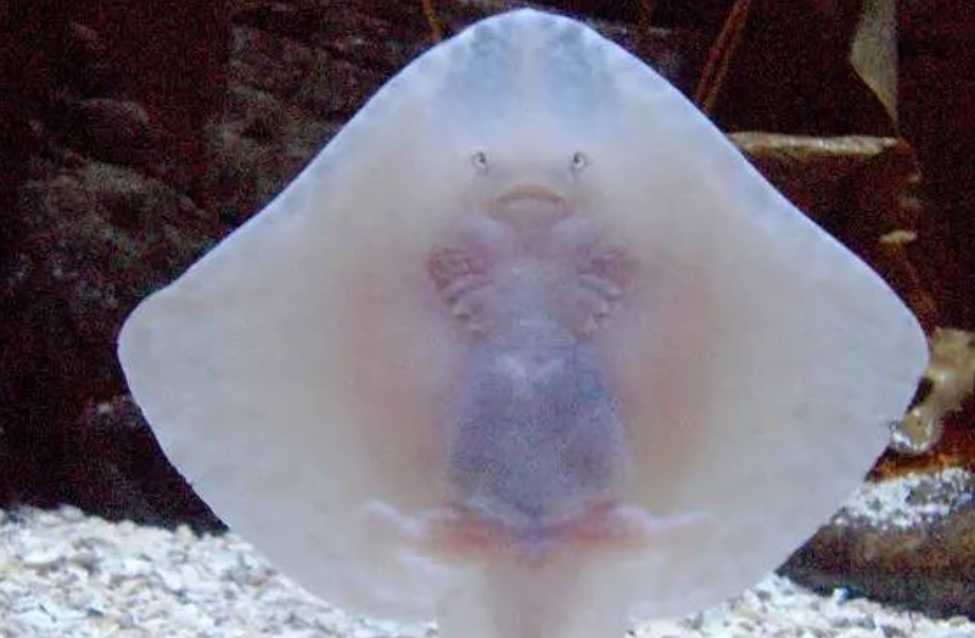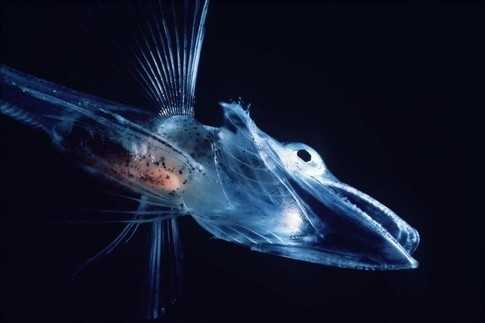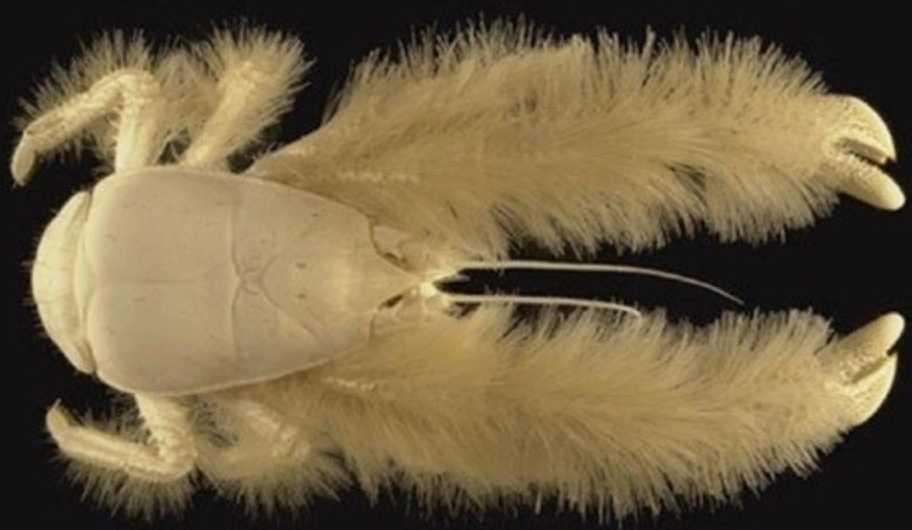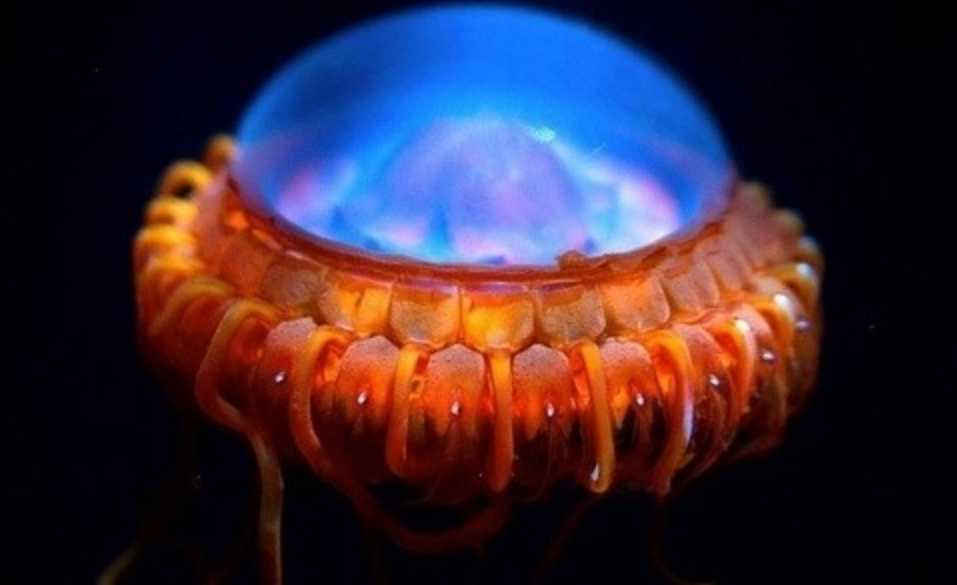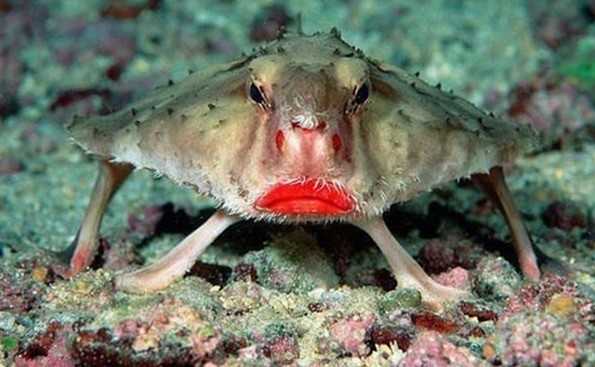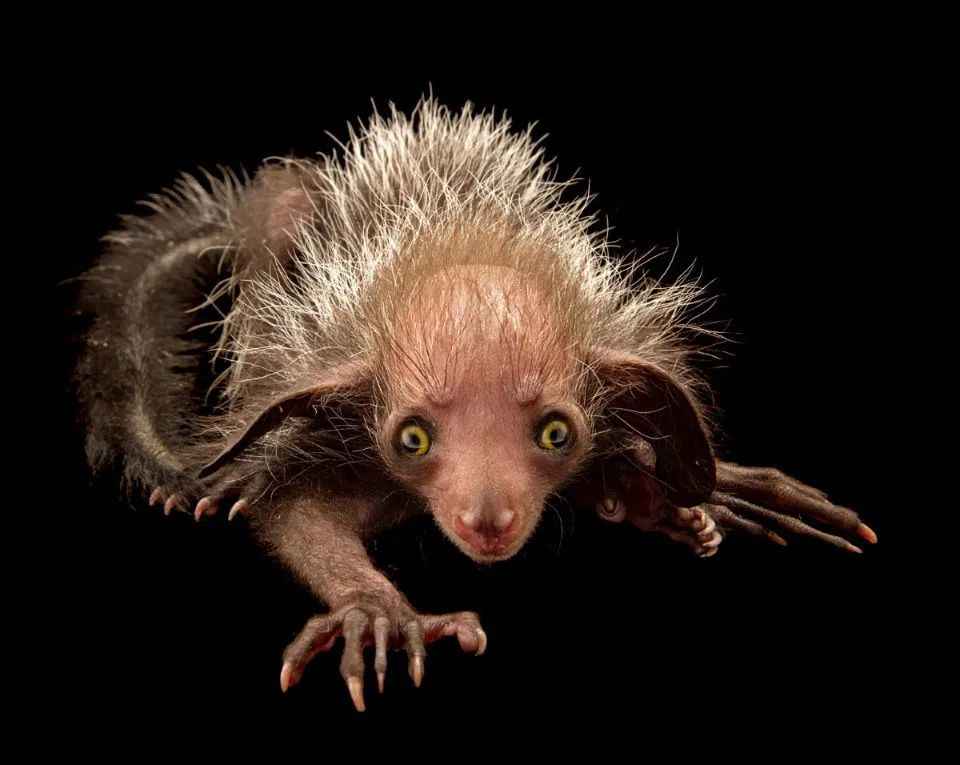Animal Information
Masked Shining Parrot: A Radiant Avian Gem
The Maned Wolf: South America’s Elegant 'Fox on Stilts' with a Mysterious Lifestyle
Native to the grasslands and savannas of Brazil, Paraguay, and Argentina, the maned wolf (Chrysocyon brachyurus) stands out as one of South America’s most unique canids. Often described as a "fox on stilts," this tall, reddish canid with a distinctive black mane along its neck and back has captivated researchers with its enigmatic behavior and evolutionary isolation.
The Enigmatic Antarctic Icefish: Transparent Wonders of the Frozen Depths
The Antarctic icefish, members of the Channichthyidae family, are extraordinary creatures uniquely adapted to the frigid waters surrounding Antarctica. What sets them apart most dramatically is their clear, almost see-through blood, a result of lacking hemoglobin—the oxygen-carrying protein common in other vertebrates. These fish have evolved remarkable physiological traits to survive in one of the harshest environments on Earth.
Vulnerable Giant Pandas: China’s Conservation Success and Ongoing Challenges
China’s iconic giant pandas (Ailuropoda melanoleuca), classified as "Vulnerable" on the IUCN Red List, have seen their wild population rebound to nearly 1,900 individuals through decades of conservation efforts, according to the latest data from China’s National Forestry and Grassland Administration. This marks a significant recovery from the 1980s, when fewer than 1,100 pandas roamed the wild. Despite this progress, habitat fragmentation, climate change, and bamboo die-offs continue to threaten their long-term survival
The Yeti Crab: Deep-Sea Marvel with Hairy Pincers and a Chemosynthetic Lifestyle
Discovered in 2005 near hydrothermal vents off Easter Island, the yeti crab (Kiwa hirsuta) is a crustacean unlike any other—renowned for its fuzzy, blond "hair" covering its pincers and body, earning it the nickname "yeti crab." This deep-sea dweller thrives in one of Earth’s most extreme environments, relying on a unique partnership with bacteria for survival.
The Alarm Jellyfish: Ocean’s Bioluminescent Sentinel with a Flashing Defense Mechanism
The alarm jellyfish, scientifically known as Atolla wyvillei, is a deep-sea marvel renowned for its spectacular bioluminescent display—a natural defense strategy that earned it the nickname "alarm bell of the ocean." Found in mesopelagic and bathypelagic zones worldwide, this gelatinous creature has evolved a unique way to survive in the dark abyss by turning predation threats into the ultimate warning signal.
Mexican Caecilian: A Vulnerable Amphibian Hiding in Soil
Beneath the soft soils of Mexico, a creature that resembles a giant earthworm quietly resides. But don't be fooled by its appearance—this is no worm. It's Dermophis mexicanus, a unique amphibian with a surprising secret: its limbs have completely vanished over time.
The Red-Lipped Batfish: Galápagos’ Quirky Underwater Celebrity with a Pouty Predatory Style
Native to the coastal waters of the Galápagos Islands and Peru, the red-lipped batfish (Ogcocephalus darwini) has become an internet sensation for its most striking feature—bright red, pouty lips that contrast vividly with its grayish-brown body. This unusual fish, adapted for life on the ocean floor, trades swimming for "walking" using modified pectoral fins, making it a fascinating example of evolutionary specialization.
Madagascar's Aye-Aye: Endangered Creature Haunted by 'Cursed' Digit
Deep within Madagascar's rainforests resides one of Earth's most peculiar primates—the aye-aye (Daubentonia madagascariensis). A unique mammal, it boasts a remarkable adaptation: an extraordinarily slender, elongated middle finger. This specialized digit, the most dexterous part of its body, serves as a vital survival tool, acting like a precision probe to extract insect larvae from tree bark crevices or scoop out fruit pulp, perfectly suited to foraging in the complex jungle environment.

